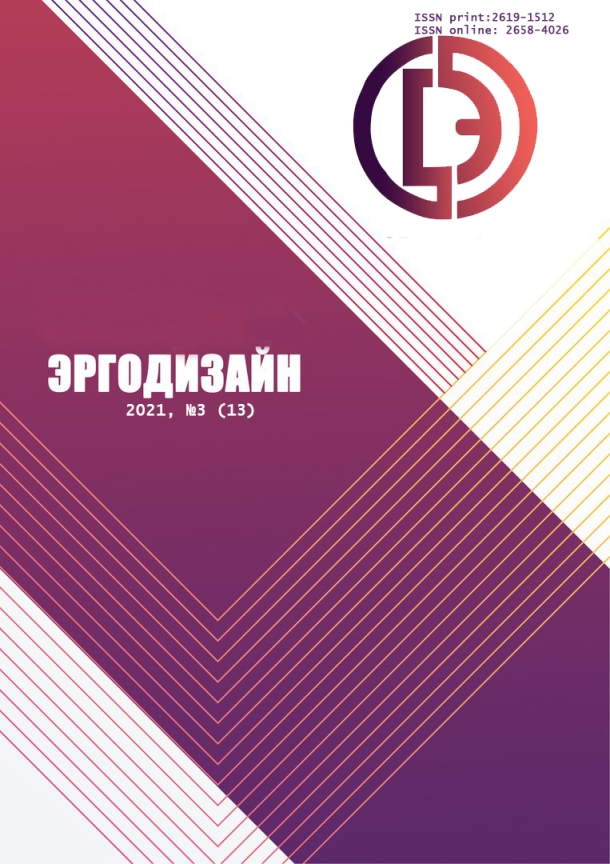Moskva, Moscow, Russian Federation
Moskva, Moscow, Russian Federation
Moskva, Moscow, Russian Federation
Moskva, Moscow, Russian Federation
The aim of the work is to substantiate the possibility of using multidisciplinary visualization tools in the educational process based on a logical-semantic scheme (LSS), which acts as a methodological platform for building a system of automated support for engineering decisions in designing technological equipment. An interactive learning environment is examined, which, by actively interacting with students, significantly increases the effectiveness, being able to accommodate and coordinate together more multidisciplinary information. In a visual version, the characteristics of the technologization means are presented, in conditions of computerization having logical and semantic schemes about the studied subject area, and an example of a multidisciplinary presentation of a course for students on designing heater plates for injection molding of plastics is considered. A diagram is presented that illustrates the current state of theoretical knowledge. It allows visualizing the basic concepts, formation, structure and arrangement of the stated knowledge for students. It clearly shows the cause-and-effect relationship. This, on the one hand, makes it easier for a young specialist to understand the knowledge being studied, and on the other hand, it allows having deeper understanding of the design of technological equipment.
educational process, knowledge visualization, interactive learning environment, logical-semantic scheme, approach to teaching the design of technological equipment (TE) based on LSS
1. Steinberg V. E. Logical-semantic Models and Cognitive Independence. Istoriya. Vse dlya uchitelya [History. Everything for the teacher], 2014, no. 11 (35), pp. 2-7.
2. Novak, J. D., Gowin, D. B. Learning How to Learn. Cambridge, Cambridge University Press, 1984, 199 p. DOIhttps://doi.org/10.1017/cbo9781139173469
3. Buzan, T., Buzan, B. The Mind Map Book. London, BBC Book, 2003, 277 p.
4. Shatalov, V. F. Teach All, Teach Everyone. Pedagogi-cheskiy poisk [Pedagogical Search], Moscow, 1987, pp. 159-167.
5. Raputo, A. G. Application of Conceptual Diagrams, Con-cept Maps, Mind Maps and Visual Metaphors for Visualizing Pedagogical Objects. Available at: http://econf.rae.ru/article/5471. (Accessed 04 February 2021).
6. Rybakov, A. V., Shutenko, A. S., Kolesnichenko, M. D. The Use of the System of Automated Support for Information Solutions in the Educational Process. Bulletin of MSTU “Stan-kin”, Moscow, 2018, no. 2 (45), pp. 117-121. ISSN: 2072-3172.
7. Valkman, Yu. R. Maistrenko, S. A. Metaknowledge as a Means of Effective Management of Distributed Knowledge of Corporate Systems. Proceedings of the 10th National Conference on Artificial Intelligence with International Participation in 3 vol. Fizmatlit, Moscow, 2006. Available at: http://raai.org/resurs/papers/kii-2006/. (Accessed 04 February 2021).
8. Sinishina, I. V., Stonoga, Yu. V., Tretyakova, T. D. Logi-cal-semantic Models as a Means of Teaching. Komsomolsk-on-Amur, Interregional Competence Centre, 2018, 16 p. Available at: http://gaskk-mck.ru/images/005-Prepodavatelam/00501-metod-kopilka/met-posobie-lsm-obuchenie.pdf. (Accessed 04 February 2021).
9. Fedotovsky, V. Why is the Future for Interactive Info-graphics. Infografika [Infographicsmag]. Available at: https://infogra.ru/infographics/pochemu-za-interaktivnoj-infografikoj-budushhee. (Accessed 04 February 2021).
10. Zotov, S. Walking on a Rake is never Documented and this is the Most Important Part of the Technology. Ritm mashi-nostroyeniya [Rhythm of Machinery]. Available at: https://ritm-magazine.ru/ru/public/hozhdenie-po-grablyam-nikogda-ne-dokumentiruetsya-eto-samaya-vazhnaya-chast-tehnologii. (Ac-cessed 04 February 2021).











